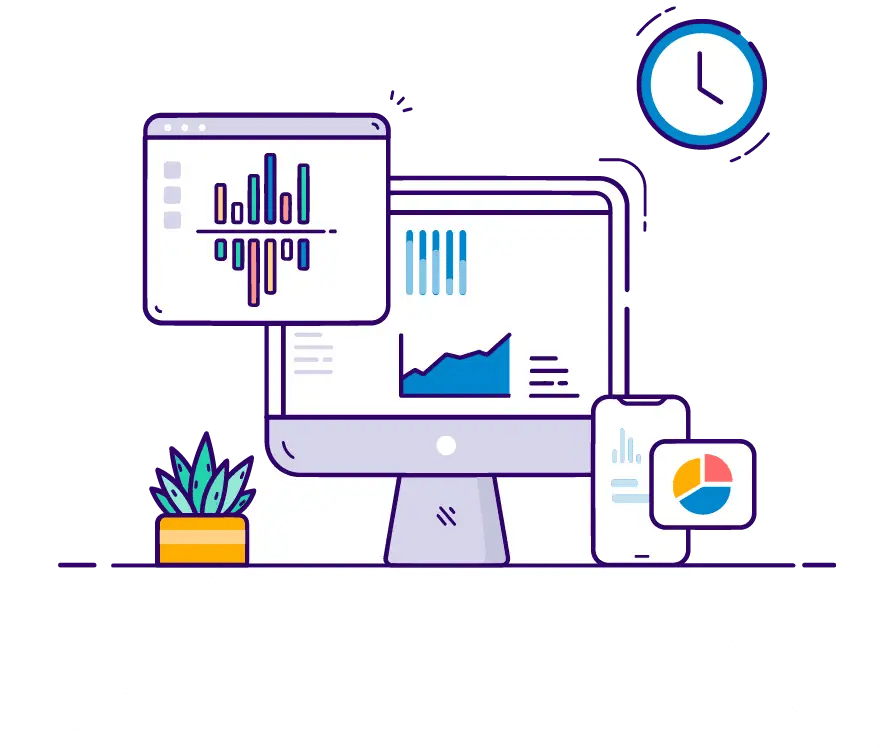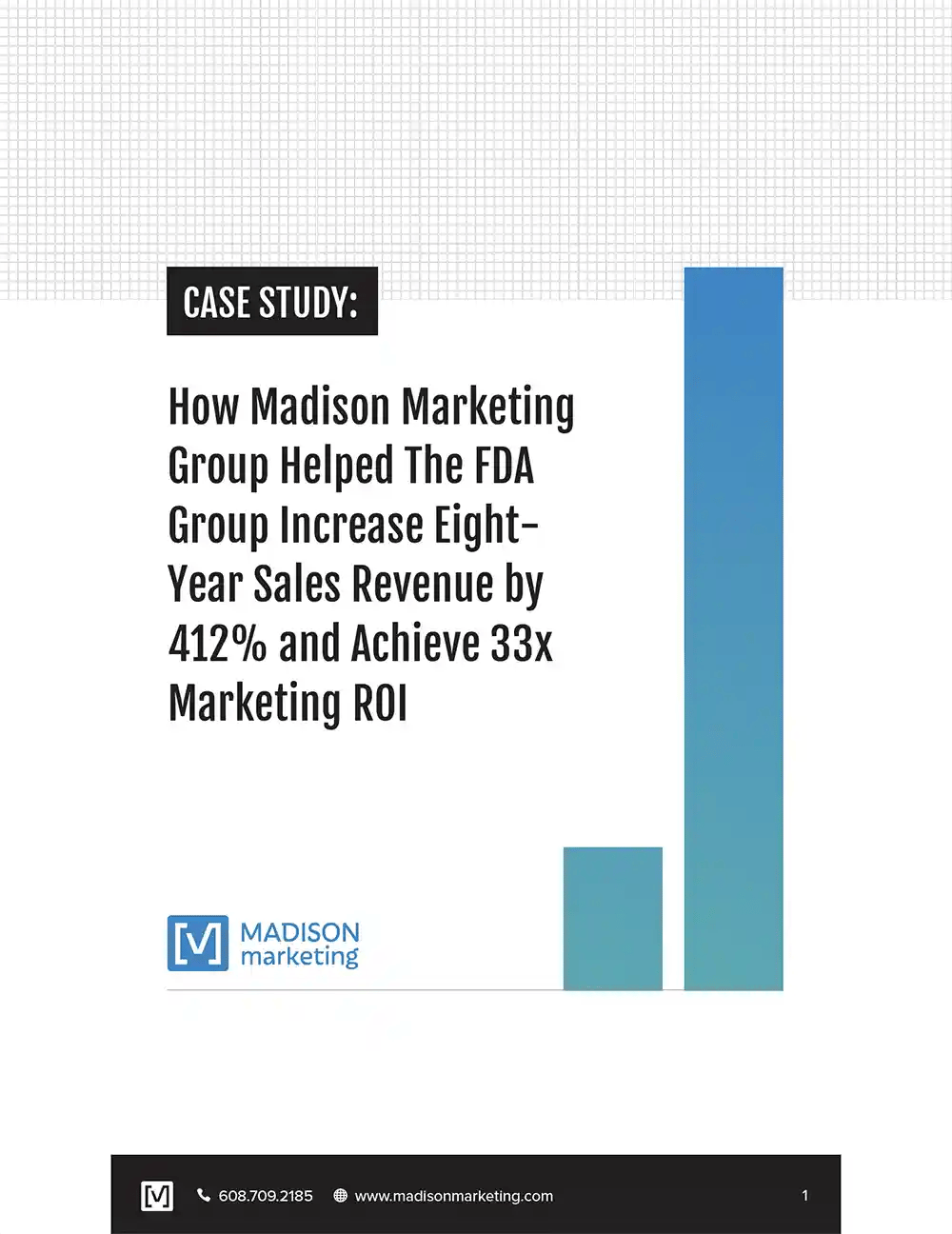Inbound is an approach to marketing that acknowledges a basic fact: the effectiveness of many traditional B2B outbound channels—on their own—has been steadily declining while simultaneously costing more. Outbound doesn’t align with how B2B buyers buy anymore. The way buyers research and discover products has fundamentally changed.
Today’s buyers have—and expect to have—abundant access to information. They want to execute the buying process partly, mostly, or completely on their own. Inbound enables companies to attract those buyers by giving them the information they need to make informed decisions.
It streamlines and scales the buying process itself by giving prospects the tools to guide themselves through it—and then engage with companies on their terms. Inbound acknowledges that buyers have more power over the buying process now, and gives companies a competitive advantage by respecting that power and giving buyers what they want.
Unlike outbound marketing, inbound marketing is focused on attracting potential customers to you rather than interrupting them in an increasingly difficult and expensive bid for attention. By clearly communicating your value, and creating and promoting content aligned with your customers’ needs and interests, inbound generates qualified inbound traffic you can convert, close, and delight over time in a way that’s sustainable. Unlike traditional outbound, which stops delivering the moment you stop investing in it, good inbound pays dividends for years to come.



/mmg-Resources-01.jpg?width=1000&height=750&name=mmg-Resources-01.jpg)
/mmg-Resources-04.jpg?width=1000&height=667&name=mmg-Resources-04.jpg)
/mmg-Resources-02.jpg?width=1000&height=667&name=mmg-Resources-02.jpg)




